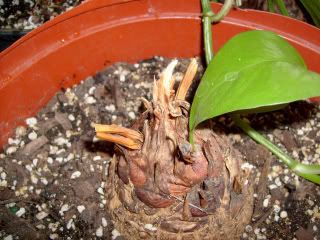
And a Zamia floridana, ( this one did have some nice leaves, it was sitting near the back up heater during a power failure, and...well, it's doing better now
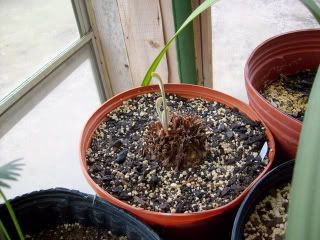
Moderators: lucky1, Alchris, Kansas, Wes North Van, Laaz



Knnn wrote:I'll consider the Zamias established when they start setting seed
Wes, Is your Sago still hanging in there? If yours does ok, I might try one.
Steve
Steve, I have personally visited over 30 populations of coontie throughout Florida. I have not grown plants from all of these populations, and living in Miami does not, of course, provide me with much first-hand experience with respect to cold hardiness. But my guess would be that the plants that grow the furthest north would be most likely to have the best tolerance of cold temperatures. The northernmost population of coontie that I am aware of occurs in Fort Clinch State Park just outside Jacksonville, FL. The plants there have leaflets of intermediate width and are quite attractive (see photo below).Knnn wrote:There has been some talk lately that the smaller leaf Z.floridanas might be more cold tolerant than the wider leaf versions?
Have you noted any differences ?


I also found that reference when I was preparing my Florida coontie "expedition" a few years ago. I spent months trying to track down the locality of those plants. I even contacted the head biologist for all the state parks in Georgia, as well as a local biologist at the Crooked River State Park in SE Georgia (located within a few miles of the Fort Clinch State Park on the Florida side)... all to no avail. Those guys had never seen a coontie anywhere in Georgia, and they had both been biologists with the state for decades. I don't know if the "Georgia coontie" is a myth, if there used to be populations there that are now gone, or if there still are small, isolated populations in that state. If anyone has any reputable information on this, I would greatly appreciate receiving it.Knnn wrote:There seems to be a native population listed in S.E. Georgia
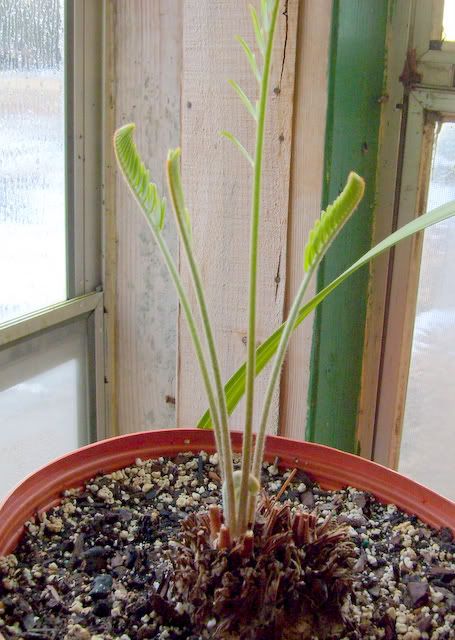
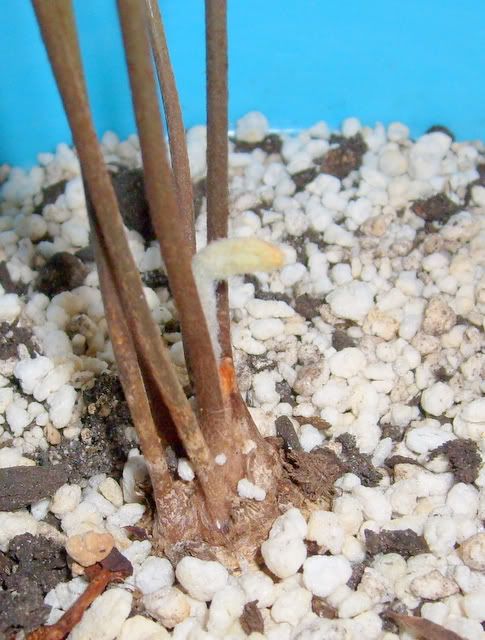
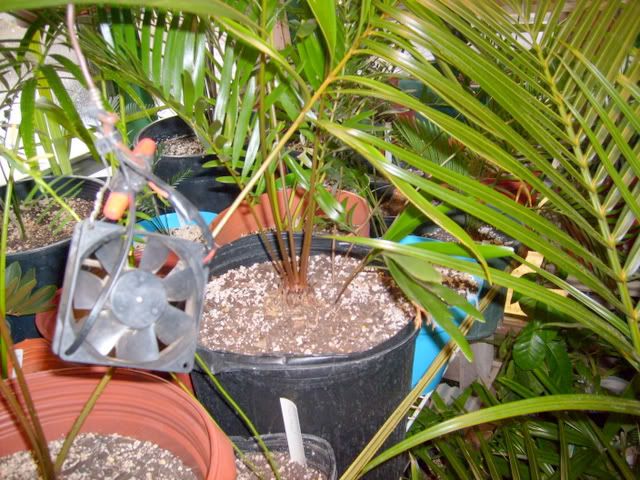
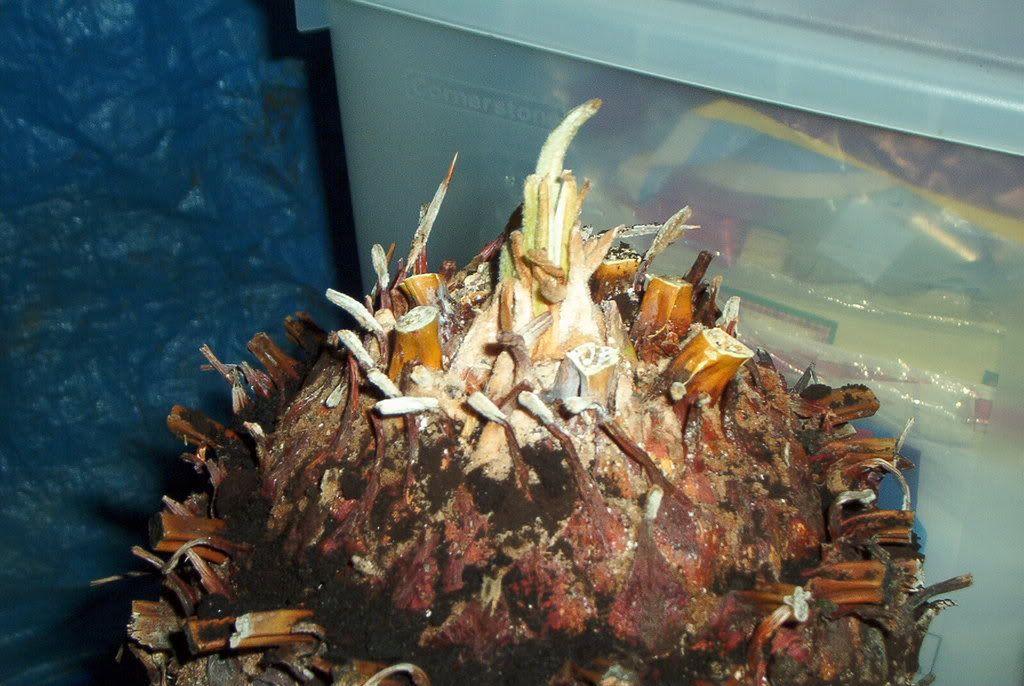
I would guess that plant is around 100 years old. The area where these occur is fairly rural, and Palatka itself is a small town. Lots of the large plants have been preserved. In fact, many are seen growing in cemeteries (see below).lucky1 wrote:Any guess on age for that Palatka Giant in Jody's pic?
What a shame these coonties aren't retained as urban/rural sprawl continues.
You'd think people would flag valuable specimens so they could remain as mature plants in new landscapes.



